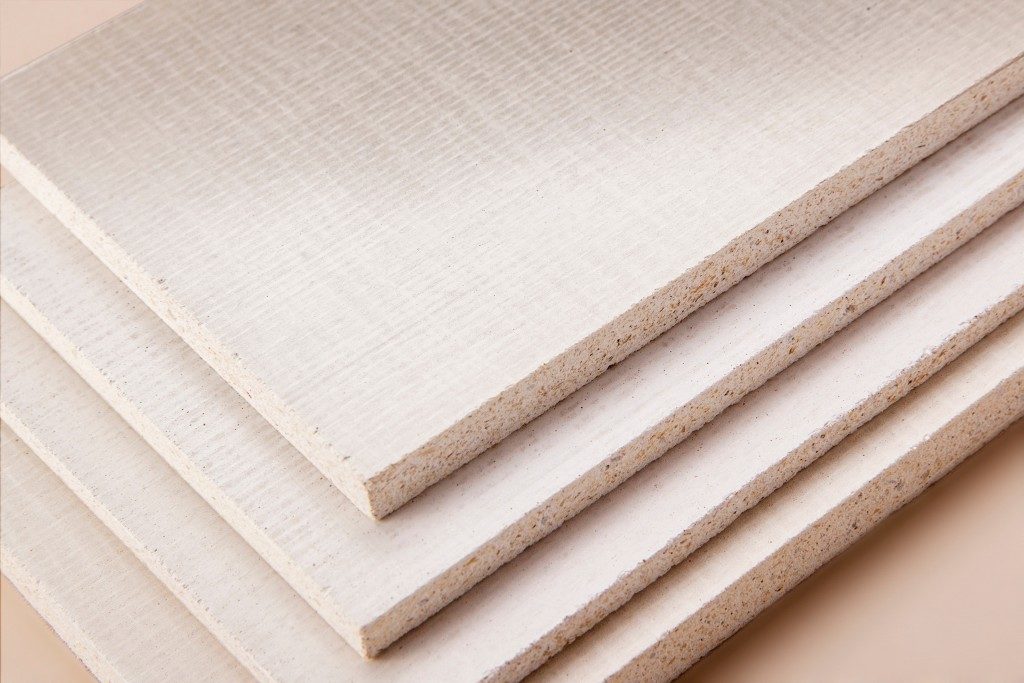The cost of purchasing a home has increased dramatically in the last decade. According to recent studies, the average home price in the United States was just over $200,000 in 2005. In contrast, the average price of a home in 2015 was closer to $305,000. Home purchase costs have increased by over 50% in just ten years.
There are several reasons for this increase. One reason is that the demand for homes has increased while the supply has remained relatively stable. Another reason is that interest rates have remained low, making it more affordable for people to purchase homes.
Despite these factors, the cost of purchasing a home remains high and is out of reach for many people. If you are considering purchasing a home soon, it is essential to prepare for the event. Here are a few tools to help you.
Savings Account
Many people purchase homes using a loan from a bank. You must prove that you can afford the monthly payments to be approved for a loan. One way to demonstrate that you can afford the costs is to show that you have a savings account with enough money to cover the down payment on the home.
A down payment is a percentage of the cost of the home that you pay upfront. The typical down payment is 20%, but it can be as high as 50% or more. If you do not have enough money to cover the down payment, you will need to take out a loan from the bank. This strategy will increase your monthly payments and may impact your ability to afford the home.
That is why it is crucial to start saving for a down payment as soon as possible. One way to do this is to create a savings account specifically for this purpose. If you put away just $200 per month, you will have over $10,000 within five years. This money can then be a down payment on your home.
Mortgage Lenders

Shopping around for the best deal is vital if you take out a loan to purchase your home. There are many different mortgage lenders available, and each offers additional terms. Finding a mortgage lender with terms that you can afford and that provide a low-interest rate is crucial. The strategy will ensure you can afford to buy a home, even if it means paying for it every month for a long time.
Interest rates on loans have been rising in recent years. They are still relatively low by historical standards but have increased significantly from their lows in the early 2010s. For example, the average interest rate on a 30-year fixed-rate mortgage was just over 3% in 2013. In contrast, the average interest rate was closer to 4.5% by the end of 2018.
The increase in interest rates means that your monthly payments will be higher if you take out a loan to purchase a home. Shopping around and comparing different lenders is essential to ensure you get the best deal possible.
A Lifestyle Budget
To purchase a home, you must stay prepared to budget for the additional costs. Owning a home is expensive, and there are many hidden costs that you may not know. For example, you will need to pay for repairs, maintenance, property taxes, and insurance.
You should create a budget that includes all these costs so you can remain prepared when they arise. This way, you will not be surprised by unexpected expenses, and you will be able to afford the monthly payments on your home. They are often fixed costs, which means they might not change month-to-month, but they can add up over time.
It is essential to be mindful of your spending when you purchase a home. There are many additional costs that you must account for, so be sure to budget accordingly.
Emergency Funds
An emergency fund is one final tool you need to purchase a home. Many think they do not need an emergency fund because they have homeowners insurance. However, many expenses, such as major repairs or natural disasters, do not have special coverage from insurance.
That is why it is essential to have an emergency fund with enough money to cover these unexpected costs. It would help if you aimed to have at least 3-6 months of living expenses saved so you can cover any unforeseen expenditures.
Conclusion
Purchasing a home is a significant investment, and preparing before taking the plunge is essential. It would be best if you had a down payment saved, shop around for the best mortgage lenders, and be mindful of your spending. Additionally, you should create an emergency fund to cover any unexpected costs. By following these steps, you can be confident you are ready to purchase a home.


